As pet parents, we all want to ensure our furry companions are happy, healthy, and well-fed. But sometimes, in our effort to show love through food, we may unintentionally overfeed them. Overfeeding is a common issue that can lead to obesity, reduced lifespan, and a host of health problems for your pet. Let's dive into how you can avoid overfeeding, recognize the signs, and keep your pet in optimal health.
How to Know If You Are Overfeeding Your Pet
Body Condition Score (BCS)
A BCS is a visual and physical assessment that helps determine if your pet is underweight, overweight, or just right. Most pets should have a noticeable waist when viewed from above and a slight tummy tuck when viewed from the side. You should be able to feel your pet’s ribs without pressing too hard. If you can’t feel the ribs easily, or if their waistline is disappearing, they might be carrying extra weight.
Frequent Requests for Food
While some pets are naturally more food-driven, constantly begging for food or treats can indicate that their primary meals might be too large. If your pet is always hungry despite regular meals, it might be due to a habit of overfeeding rather than actual hunger.
Lethargy and Reduced Activity
Overweight pets often become less active. If your pet seems to tire easily or is less interested in playing, it could be a sign of excess weight, which often results from overfeeding.
Unexpected Weight Gain
Regularly weigh your pet, or have your veterinarian do so. Even a small, consistent gain can indicate overfeeding, especially if you haven’t increased their activity level.
Tips to Avoid Overfeeding Your Pet
Follow Feeding Guidelines
Check the feeding guidelines on your pet’s food packaging. These recommendations are based on weight, age, and activity level. Start with the suggested amount and adjust based on your pet’s individual needs. For Open Farm pet foods, each product includes detailed feeding instructions that are a great starting point.
Measure Meals
Use a measuring cup or a kitchen scale to ensure you’re feeding the exact amount recommended. Guessing can easily lead to overfeeding. Sticking to precise portions ensures that your pet gets the right amount of calories each day.
Limit Treats
Treats should make up no more than 10% of your pet's daily calorie intake. It's easy to forget that cat or dog treats add up quickly, so choose low-calorie, nutritious treats and keep portions small.
Scheduled Feeding Times
Establishing set feeding times helps control your pet’s calorie intake. Avoid free-feeding (leaving food out all day), as it makes it difficult to monitor how much your pet is eating.
Choose High-Quality Food
Quality matters as much as quantity. Foods made with wholesome, natural ingredients are more nutritionally dense, meaning your pet may feel fuller on smaller amounts. Open Farm’s range of ethically sourced, nutrient-rich foods can help maintain your pet’s health while keeping them satisfied.
What to Do If Your Pet Is Overweight
If you suspect your pet is overweight, don’t panic. The first step is to consult with your veterinarian, who can recommend a weight loss plan tailored to your pet's needs. This may involve adjusting their diet, incorporating more exercise, or even switching to a lower-calorie food option.
Remember, gradual weight loss is safer and more effective than trying to shed pounds too quickly. Your vet may also suggest regular weigh-ins to monitor progress and adjust the plan as needed.
Overfeeding your pet might come from a place of love, but it can have serious consequences. By following portion guidelines, controlling treats, and choosing high-quality food, you can help your pet maintain a healthy weight and enjoy a long, active life. Keep an eye on their body condition, stay mindful of feeding practices, and always consult your vet if you have concerns.
For more tips on pet nutrition and wellness, explore Open Farm’s blog or browse our selection of premium, ethically sourced pet foods.





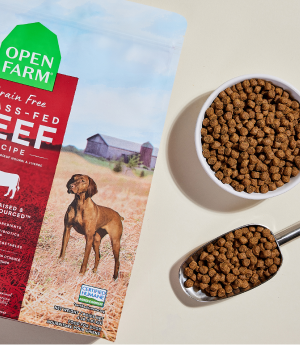
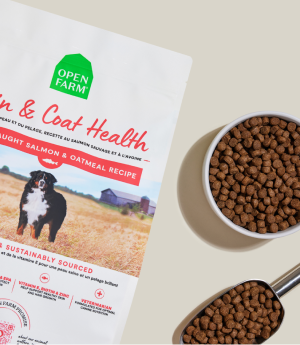
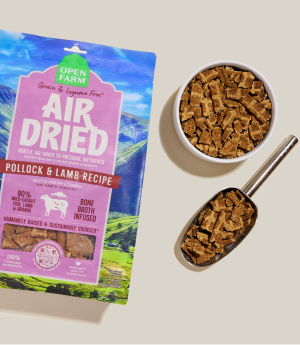
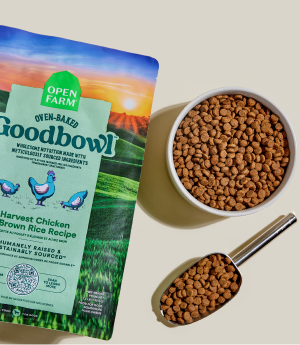
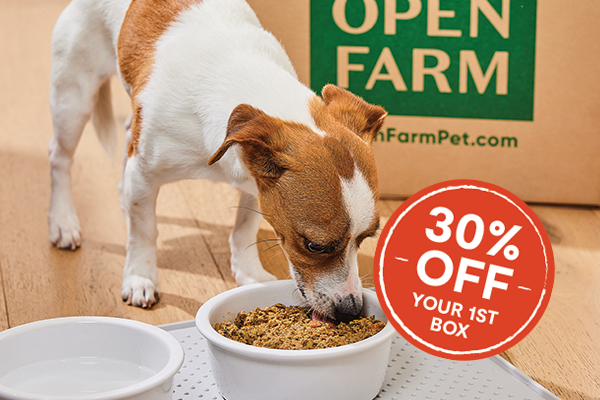

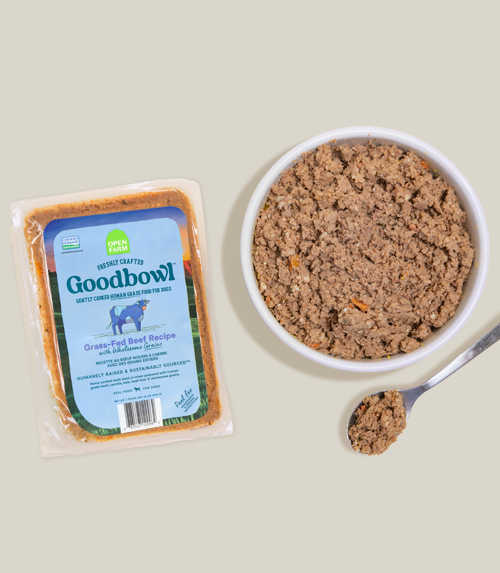

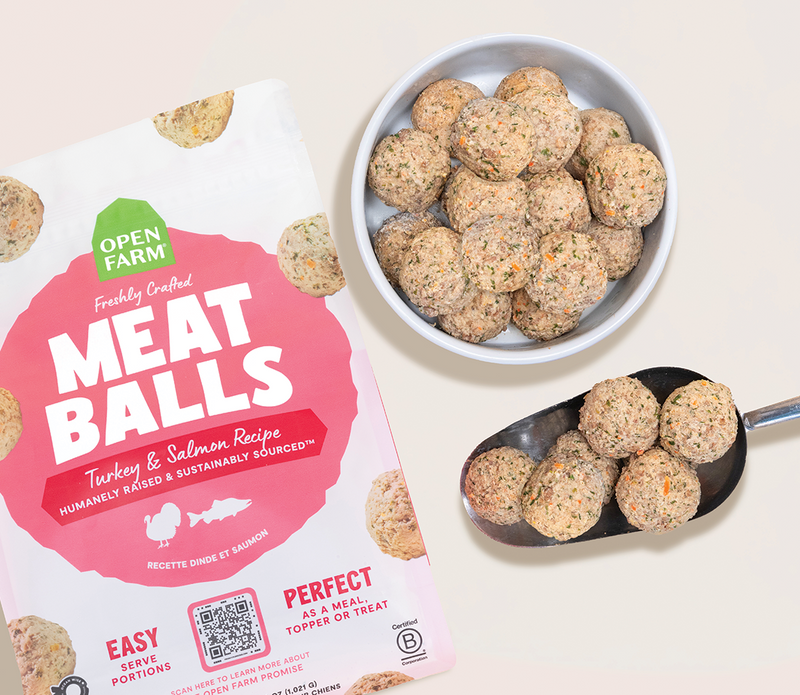
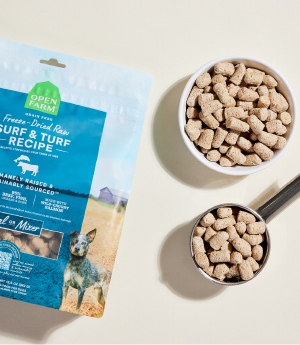
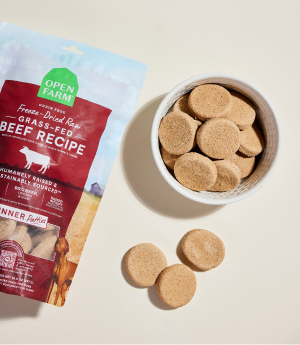
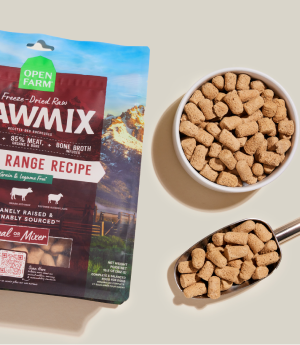
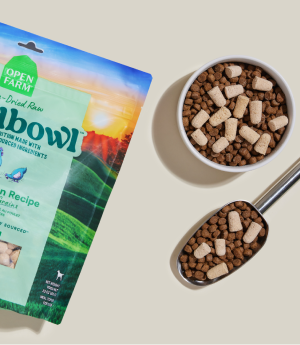
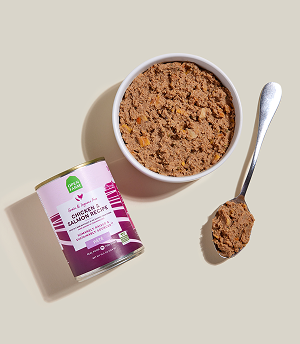
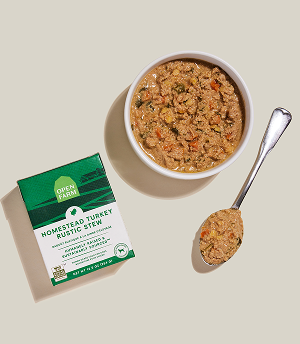
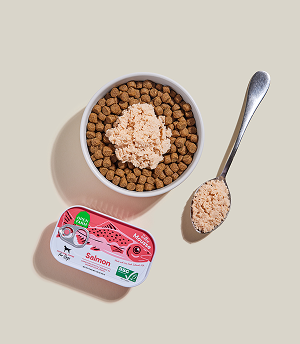
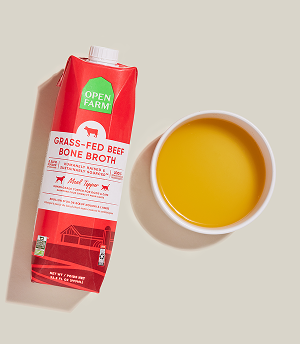

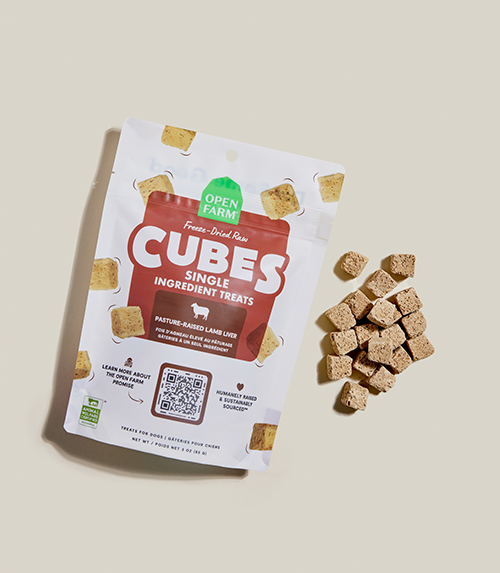
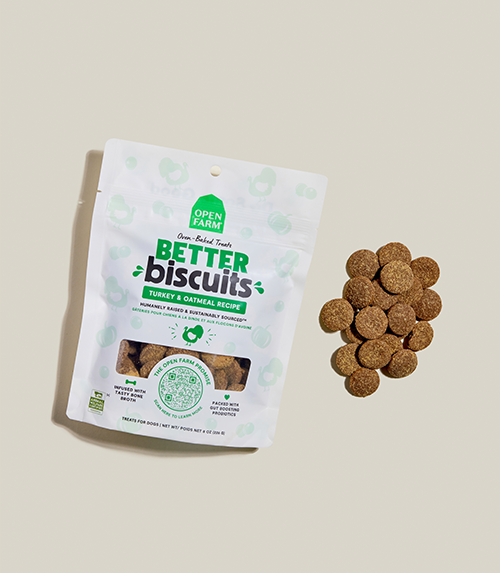



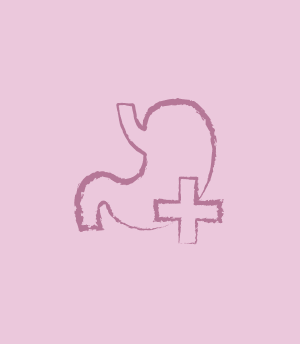


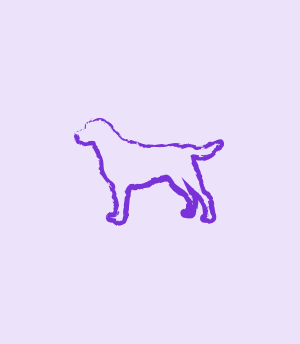

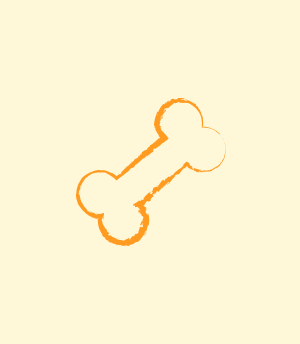


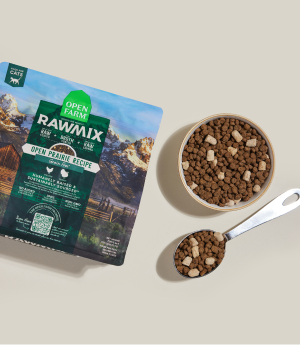
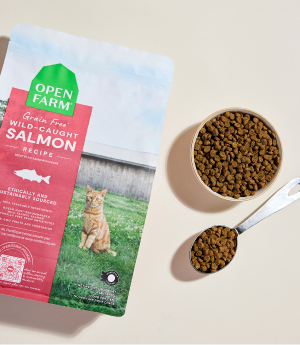
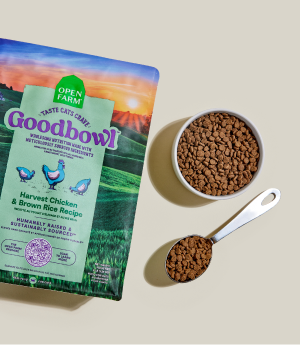
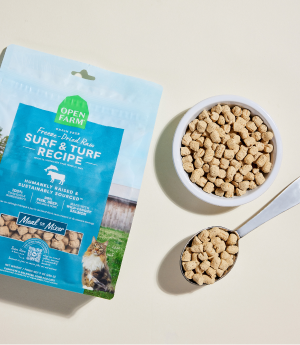
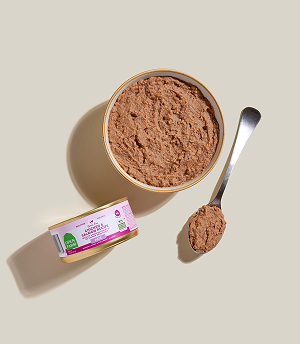
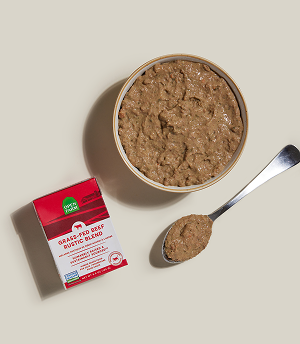
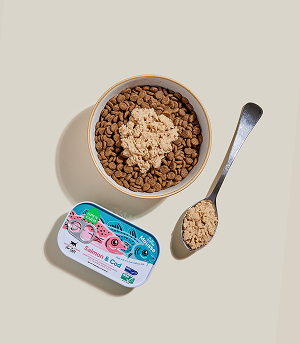
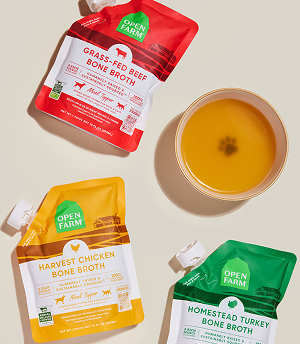
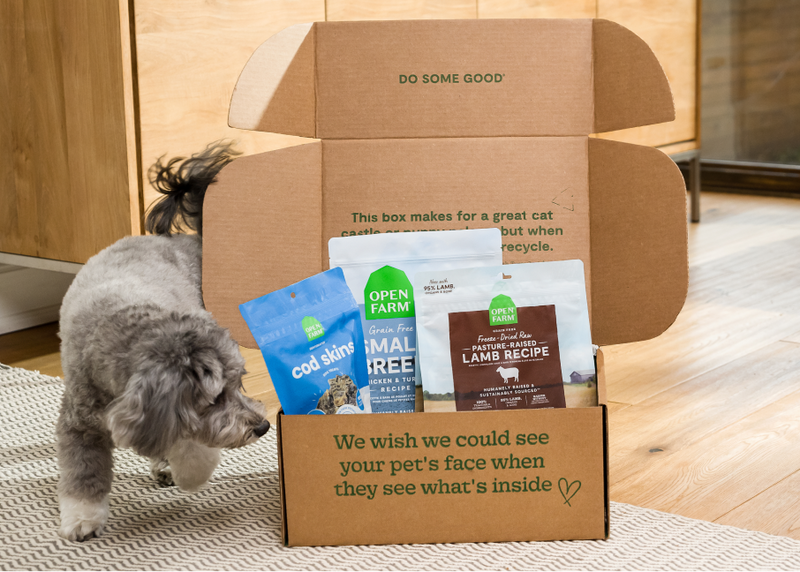
 Sign In
Sign In
 Create Account
Create Account










